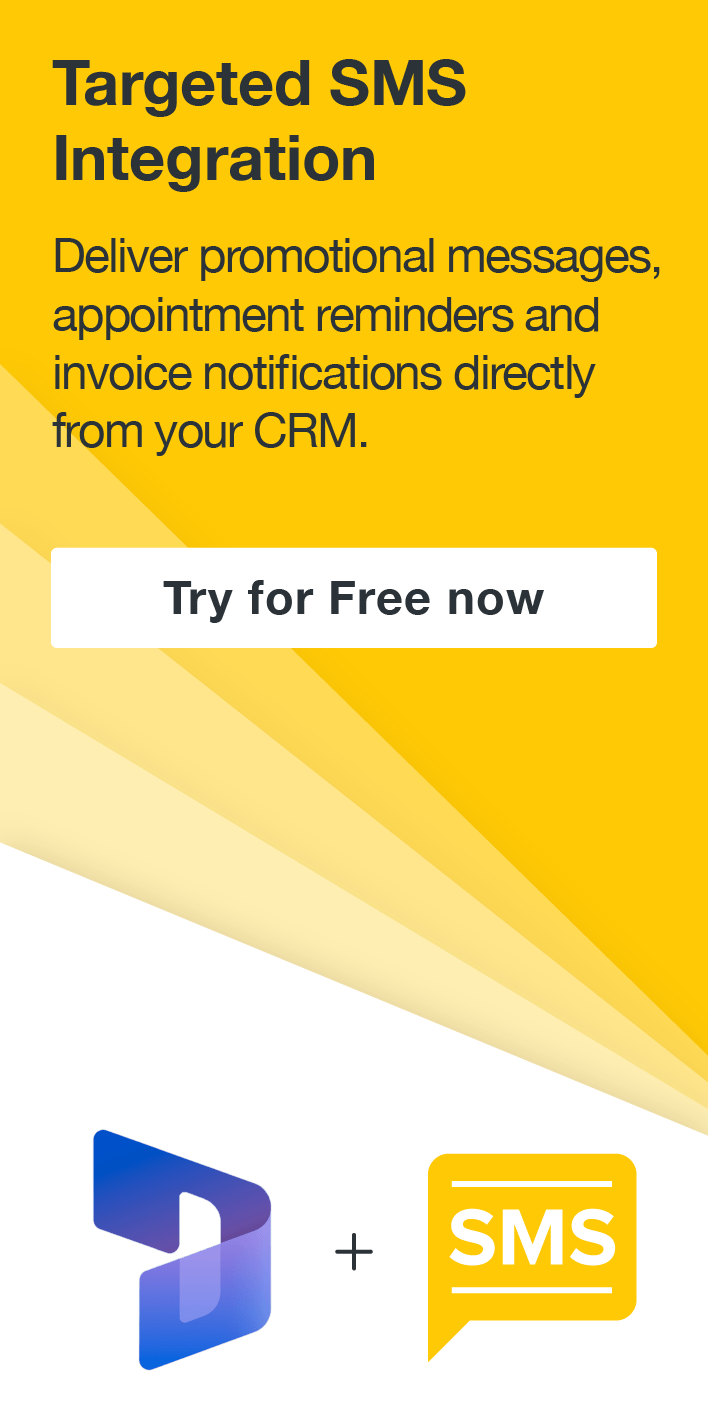The not so secret key to CRM implementation success
Shalane Williams, 07 May 2019
You’ve commissioned a shiny new CRM 6 months ago. You’ve gone through the analysis and design phase; development is done and the final system testing by your CRM partner is in progress. Excitement is mounting, you can’t wait to get your hands on it! BUT, have you thought about what your plan is to test?
User Acceptance Testing (UAT), in my opinion, is the most important part of the project. Any CRM partner can build a beautiful system but if your users don’t test it adequately before going live, it’s likely to have poor user adoption. This will mean:
• Users don’t use the system as designed
• Which then impacts data quality and accuracy
• Leading to inaccurate reporting
• And management frustration because there’ll be a perceived lack of benefit
To ensure a successful UAT, a plan is key. Here are our recommendations on what you need to consider before embarking on user acceptance testing:
• Identify users, who represent the areas where CRM will be used, to do the testing .
• Determine the UAT period. The length of UAT should reflect the size and importance of the implementation and the business.
• BAU must still happen so structuring testing around that will benefit your users so they don’t feel overwhelmed. E.g. block out 2 hours for 2 days a week to test.
• Test in a group so you can help each other with using the system, validating. issues and asking questions.
• Have a point person for validating and triaging issues to your CRM partner
• UAT test scripts: you could ask your CRM partner to compile test scripts for your users. This will especially help in a new implementation to ensure they’ve covered all areas of the system. Alternatively, you could hire an external tester to do that for you and sit alongside your users to assist.


